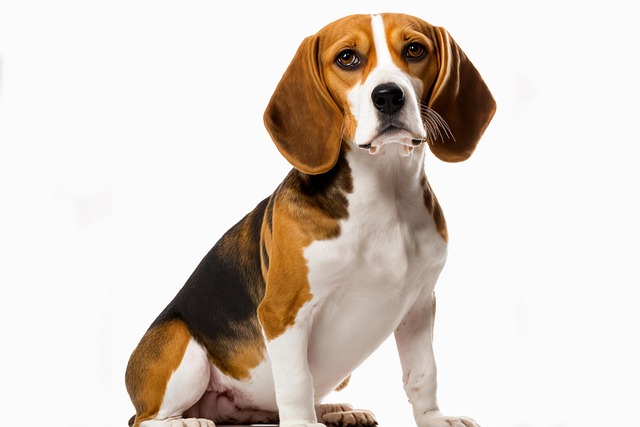
How can I tell if my dog's heatstroke is serious
Let’s be real: It’s a sticky August morning in Los Angeles, and you took your 2-year-old Golden Retriever, Max, for a walk a little later than usual
Dogs walking into a grooming salon often arrive with tails tucked or ears flattened, their little bodies tense with uncertainty. It’s a common sight, but what happens next is where the magic lies—how groomers turn that nervous energy into a calm, even relaxed state. It starts long before any clippers come out. Groomers know rushing is the enemy, so they take those first minutes to let the dog set the pace. A slow crouch, a hand extended palm up, letting the dog sniff until they’re ready to nudge for attention—these small acts build trust, the foundation of keeping a dog calm during grooming.
Understanding dog behavior is key. Groomers learn to read the subtle cues: a flicking tail that’s not happy, lips pulled back just a little, a sudden freeze. When they spot these, they pause. Maybe step back, offer a quick scratch behind the ears, or even take a break to let the dog wander the room a bit. It’s not about forcing compliance; it’s about respecting the dog’s comfort zone. This approach doesn’t just make the grooming session smoother—it aligns with guidelines that prioritize animal welfare, ensuring no stress is unnecessary.
The space itself plays a role too. A calm grooming area isn’t by accident. Soft lighting, gentle background noise, and surfaces that don’t slip or feel cold under a dog’s paws all help. Groomers keep tools within reach but out of the dog’s direct line of sight until needed, so the sight of scissors or a brush doesn’t trigger anxiety. Even the temperature matters—too hot or too cold can make a dog restless, so keeping it just right is part of the plan.
 Positive reinforcement goes a long way. A tiny treat after a paw is held still, excited praise when a dog lets the brush glide over their back—these rewards teach the dog that grooming brings good things. Groomers don’t scold for pulling away; instead, they wait, then try again with more patience. It’s a cycle that turns “scary” into “okay” over time, especially for dogs that visit regularly. This method works wonders, and it’s why so many dogs start wagging when they see the salon sign after a few visits.
Positive reinforcement goes a long way. A tiny treat after a paw is held still, excited praise when a dog lets the brush glide over their back—these rewards teach the dog that grooming brings good things. Groomers don’t scold for pulling away; instead, they wait, then try again with more patience. It’s a cycle that turns “scary” into “okay” over time, especially for dogs that visit regularly. This method works wonders, and it’s why so many dogs start wagging when they see the salon sign after a few visits.
Experience with different breeds helps too. A Chihuahua might need extra reassurance in a quiet corner, while a Golden Retriever might relax faster with a game of fetch before starting. Groomers adapt, knowing that what calms one dog might not work for another. They also stay up to date on best practices, making sure every technique aligns with local standards for animal care—because keeping dogs calm shouldn’t ever mean cutting corners on their well-being.
Watching a groomer work is like watching someone speak a language only dogs understand. It’s in the way they move slowly, the tone of their voice, the timing of their touches. By the end, that once-nervous dog is often leaning into the brush, tail wagging softly. It’s not magic, really—just a lot of care, observation, and respect for what each dog needs to feel safe.

Let’s be real: It’s a sticky August morning in Los Angeles, and you took your 2-year-old Golden Retriever, Max, for a walk a little later than usual

You're enjoying a summer afternoon at the park when you notice your dog has stopped panting and appears disoriented - their gums are bright red

Let’s paint the picture: You’re in your Denver apartment, watching your 4-year-old Boston Terrier, Ruby, plop down mid-play session with her favorite toy

Many dog owners notice their pets nails seem shorter after regular walks,but how much does this daily activity actually help?The answer depends on where you walk—concrete sidewalks or asphalt streets gently file nails as a dog's paws hit the ground

Most dog owners notice their pup scooting across the carpet at some point, but few connect it to impacted anal glands. These small sacs near a dog’s rectum secrete a scent for marking territory

Most vets agree that regular dog teeth cleaning is key to avoiding painful dental issues later. For healthy adult dogs, a professional cleaning at the vet’s office every 12 to 18 months usually works well.